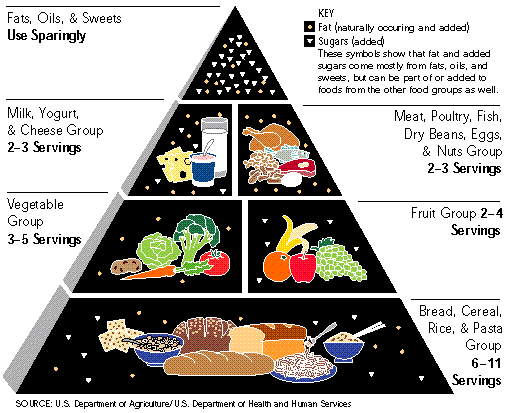Many first time mothers and fathers often wonder why foods are introduced so slowly to their babies. It seems weird to only feed babies one food at a time, especially since we are used to having two or three different foods at our meals. However, there is a very good reason for the slow introduction of foods to babies. Food allergies are easier to determine and diagnose when there is only one food in question. If you were to give your infant even two foods, it would be harder to figure out what was causing the problem.
When infants first start eating more solid foods, most pediatricians will tell you to start them out with a thin cereal mixture (usually rice). This is because it is quite bland, and not likely to cause an allergic reaction, or to cause the baby to reject it due to strong flavors. Then it is time to move on to different foods. Pureed vegetables and fruits follow, and then meats. When everything has been tried, on its own, then combinations can be tried. This is a very slow process, but it is also a logical progression that helps baby assimilate new tastes and learn to like trying different foods.
It is later, though, when one really has to be careful. Watch your infant carefully for signs of allergic reactions. Introduce foods that are common culprits slowly and in smaller amounts. Peanut butter is one of those that should be introduced later (at least after the age of two) and the child watched carefully. This way you will be prepared to rush to the emergency as needed. Do not give the child new foods just before bed. You might miss the symptoms, since the child is not visible to you and in her or his room. It is important to try out new foods by lunchtime so that you have a good part of the day to observe the child for allergy symptoms.
Another common problem is seafood. This is hard to tell because sometimes the child just gets sick from a bad piece, rather than actually being allergic. And seafood is worrisome for other reasons. Some fish have high concentrations of mercury (the longer a fish lives the more likely it will have high mercury), and this can be quite damaging. Some of the symptoms of a high mercury level look like allergy symptoms, and this can delay treatment. It is a good idea to limit a child's fish intake to about one serving a week. And know that there are some fish that a child should never be served at all. You can check with the Environmental Protection Agency to find out the recommendations on fish.
By slowly introducing new foods into a child's diet, you can be better alerted to signs of allergy. You can keep a food diary for your child as well, so that if you suspect something you have a place to start when you visit the doctor. Be especially aware of the common allergy culprits so that you can exercise special caution when introducing certain new foods.

 The Simplest Way To Lessen Your High Cholesterol By Natural Means
High-cholesterol is a major variable inside the countrywide
The Simplest Way To Lessen Your High Cholesterol By Natural Means
High-cholesterol is a major variable inside the countrywide
 Starting Up An Aquaponics Set Up From See The Easy Way
Planting seeds in your aquaponics system can be a lot simpl
Starting Up An Aquaponics Set Up From See The Easy Way
Planting seeds in your aquaponics system can be a lot simpl
 Introduction To Of Some Lower Cholesterol Foodstuffs
Cholesterol is a fat-like element contained in the physique
Introduction To Of Some Lower Cholesterol Foodstuffs
Cholesterol is a fat-like element contained in the physique